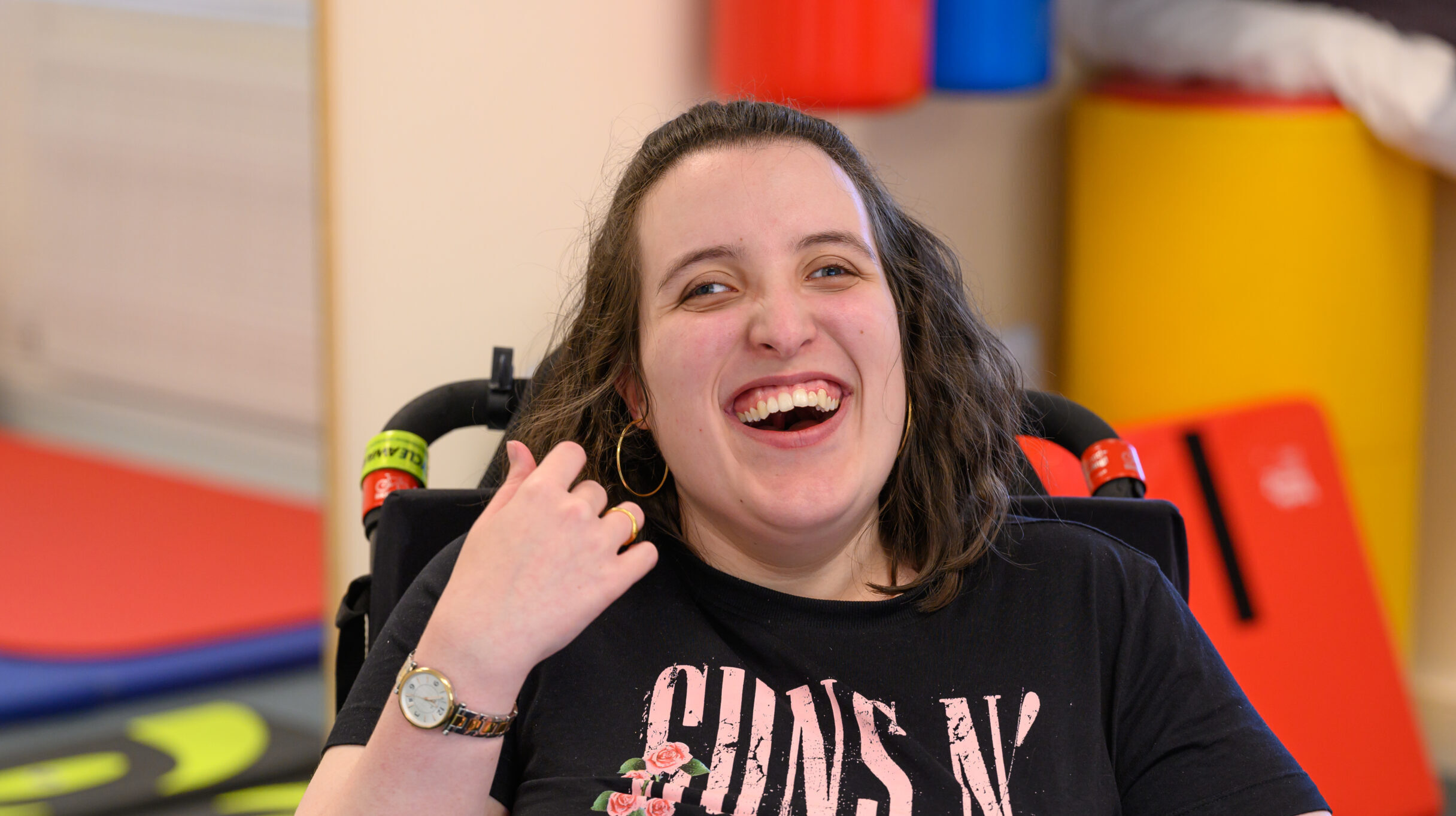People with cerebral palsy have damage to their brain or have a brain that has developed atypically.
The damage to the brain occurs either before birth or during the child’s early development. It causes a disruption to the development of movement and posture.
Cerebral palsy (CP) is an ‘umbrella term’, meaning that it’s a name given to a group of disorders and functions.
CP is the most common physical disability in children. Around 1 in 500 births will result in a diagnosis of CP and in Scotland around 150 children are diagnosed each year.
How does CP affect someone?
No two people experience CP in the same way. How someone is affected will depend on the type of CP a person has and how much of their body is affected.
CP affects a person’s ability to control their movement, posture and balance. Muscles can be tight, stiff or floppy. Mobility can be affected, and one in three children with CP are unable to walk.
As well as affecting movement, CP can affect other areas of function:
Communication: One in four people with CP are unable to talk, and instead use alternative methods of communication including high-tech aids.
Eating and drinking: Some people with CP can have difficulties with eating, drinking and swallowing.
Pain: Three-quarters of people living with CP experience pain.
Epilepsy: Affects one in four children with CP.
Learning disability: One in every two people with CP has a learning disability.
Vision impairment: Some people with CP have a vision impairment, with one in ten having a severe vision impairment.
Bladder control problems: Affect one in four children with CP. Lack of mobility can also cause issues with constipation.
Sleep: One in five children with CP have a sleep disorder.
Saliva control: One in five children with CP have difficulty controlling saliva, leading to drooling.
Sensory: Difficulties with sensory processing can be quite common in children with CP. Some children can find going to sleep and waking up distressing, and so cry a lot. Others don’t receive the sensory information they need from joints to guide movement.
A lifelong condition
CP is a lifelong condition. While the original injury to the brain doesn’t get worse over time, this doesn’t mean CP is a ‘static’ condition that never changes.
As a person with CP grows, they can develop secondary problems with their muscles or skeleton, such as increased tightness in muscles and joints and dislocations. This can change a person’s physical abilities over time. People can also experience problems with pain and fatigue as they grow older.
